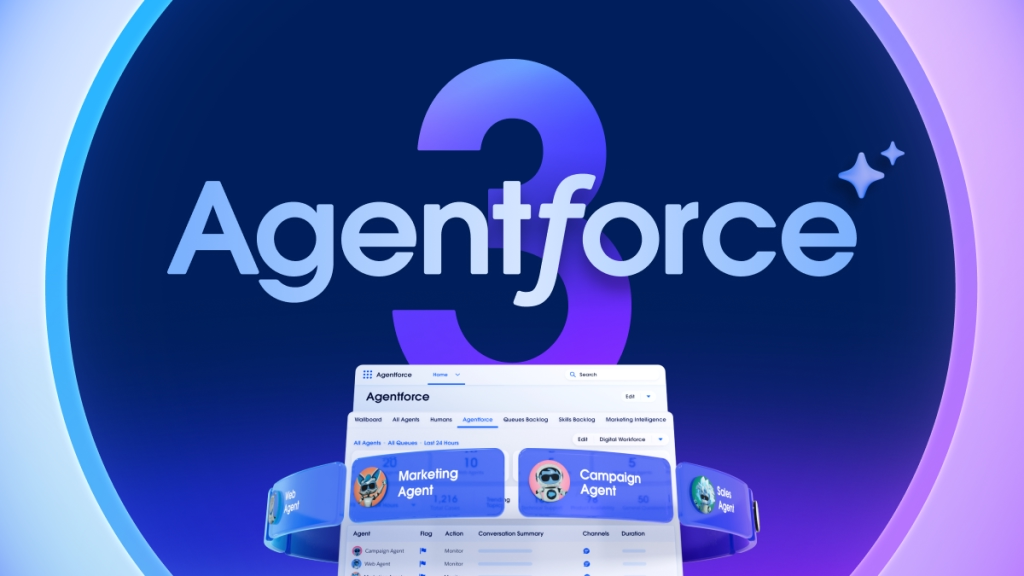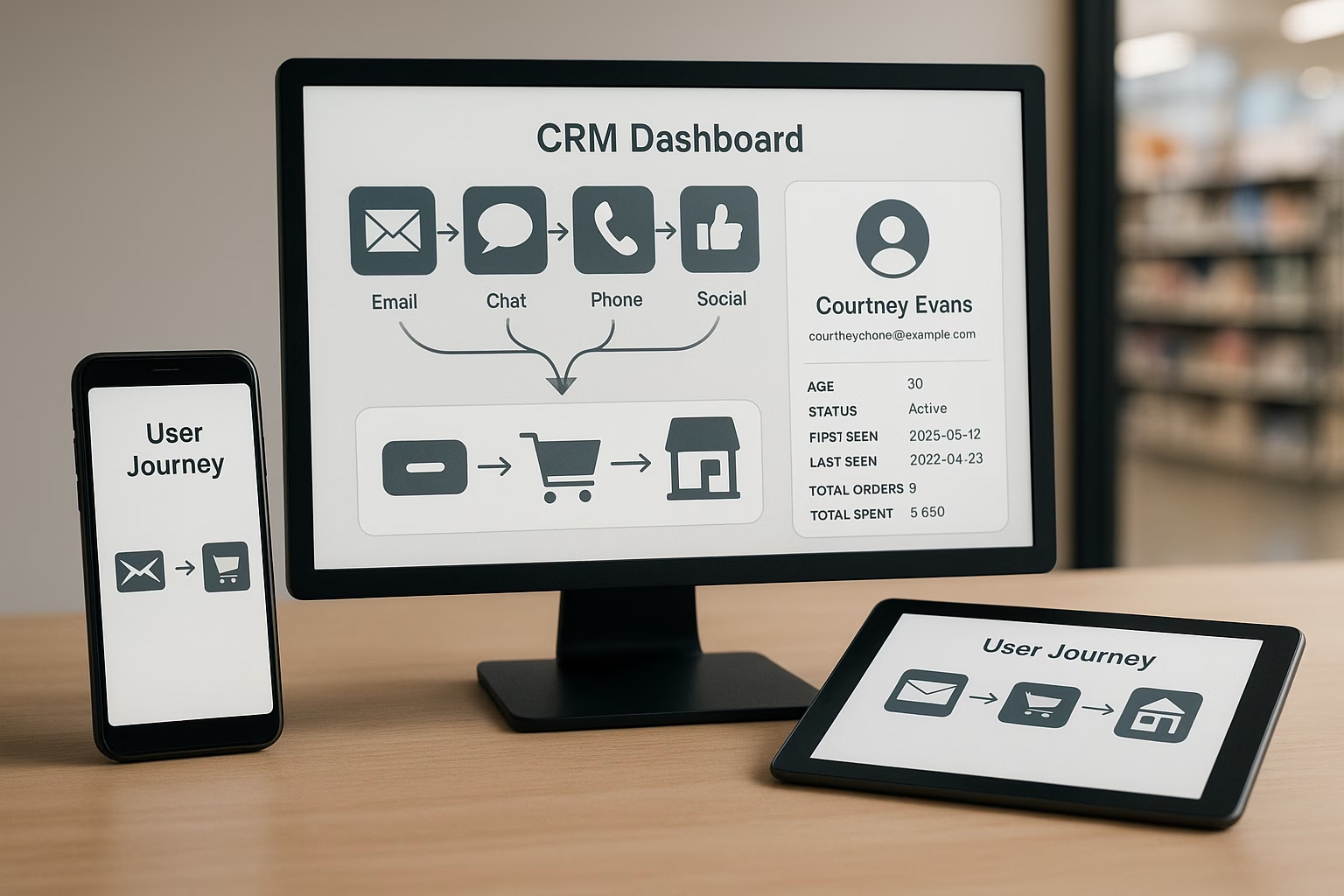Most businesses rely on a CRM to keep customer relationships and sales processes organised. But while the system itself plays a crucial role, what really makes it work is how well it’s documented. If processes, workflows, and data standards aren’t clearly recorded and accessible, even the most advanced CRM can create more problems than it solves. It’s easy to assume documentation exists simply because there are documents—process guides, sales playbooks, maybe a data entry checklist. But scattered files and outdated notes aren’t the same as a structured, up-to-date system that teams can rely on. Without proper documentation, different departments develop their own ways of working. Data becomes inconsistent, new hires take longer to get up to speed, and reporting starts to lose its accuracy. Before long, decisions are being made based on assumptions rather than facts, and customer interactions feel less coordinated.
When CRM documentation is treated as an afterthought, it creates friction. Sales teams waste time figuring out where to log interactions, service teams struggle to track past customer issues, and leadership can’t get a clear picture of performance. But when done right, documentation streamlines operations, ensures data quality, and makes sure everyone is working towards the same goals.
What proper documentation covers
Good documentation is more than a collection of PDFs and Word docs sitting in a shared folder. It’s the foundation that keeps your CRM running efficiently, ensuring teams follow the same processes and data remains reliable. Without a structured, accessible record of how your CRM should be used, every department ends up working in their own way, leading to inconsistencies, wasted time, and lost opportunities.
At its core, CRM documentation should define how leads are managed, how deals progress, and how customer service teams track interactions. Without clear guidance, sales reps may log data differently, marketing might misclassify leads, and customer service could struggle to find the full history of an issue. These inconsistencies ripple through the business, making reports unreliable and slowing down decision-making.
Data standards are just as critical. When fields are used inconsistently or naming conventions vary from team to team, it becomes harder to maintain a single source of truth. Clear definitions prevent duplicate records, incomplete profiles, and reporting errors that undermine trust in the system. If one department records a company as “ABC Ltd.” while another logs it as “ABC Limited,” reporting accuracy takes a hit. Multiply that across thousands of records, and suddenly, what should be a powerful data asset becomes a liability.
Roles and responsibilities should also be explicitly outlined. Who owns data quality? Who updates key workflows? If no one is accountable, documentation quickly becomes outdated or ignored. CRM admins should document system configurations, permissions, and integrations, while sales, marketing, and service teams should be responsible for keeping process documentation accurate and reflective of day-to-day operations.
Since most CRMs connect to other business systems, such as ERP platforms, marketing automation tools, or finance software, it’s also essential to document integrations, automations, and dependencies. If a process relies on automated workflows, those should be clearly mapped out. Otherwise, when something stops working or a change is made in one system, teams won’t know what’s affected elsewhere.
Without this level of clarity, teams fill in the gaps on their own. That’s when mistakes happen, reporting becomes unreliable, and customer interactions start feeling inconsistent. Instead of supporting the business, the CRM becomes a source of frustration—one that requires more effort to manage than the value it delivers.
Who’s responsible for keeping documentation up to date?
One of the biggest reasons CRM documentation fails is that no one truly owns it. In many businesses, it’s left to whoever last updated a process or configured a new feature, which means gaps inevitably start to appear. When documentation is treated as an afterthought, teams either stop using it or create their own unofficial versions, leading to inconsistencies, confusion, and outdated processes lingering far longer than they should. The reality is that documentation isn’t a one-person job. A CRM touches multiple departments, each with its own workflows, data needs, and responsibilities. Keeping documentation accurate and useful requires a shared effort across the organisation.
CRM administrators play a key role in maintaining system configurations, permissions, and integrations. They ensure that the technical foundation of the CRM is well-documented and that any updates or changes are properly recorded. But technical documentation alone isn’t enough. Sales, marketing, and service teams need to document workflows and best practices so that daily operations remain consistent and aligned across the business.
Data and compliance teams are responsible for governance, security, and regulatory documentation. They ensure that data is being captured and stored correctly, that processes comply with industry regulations, and that sensitive customer information is properly handled. If documentation in these areas is incomplete or outdated, businesses risk compliance violations, security breaches, or data integrity issues that could undermine decision-making.
Leadership and process owners set the standard for how documentation should be maintained and used. If documentation isn’t embedded into the way the business operates, it quickly becomes stale and forgotten. By treating it as an agile process (regularly reviewed, updated, and improved) businesses can prevent documentation from becoming outdated or ignored.
The key to keeping documentation useful is accountability. Assigning clear ownership across teams ensures that updates aren’t left to chance. Regular audits, automation where possible, and an ongoing commitment to maintaining documentation as part of daily operations keep it relevant. The businesses that get the most out of their CRM aren’t just the ones with the best technology, but the ones that document their processes properly and make sure those records stay up to date.
The risks of poor documentation
When CRM documentation is incomplete, outdated, or simply non-existent, teams are left to rely on personal knowledge rather than a shared, structured approach. Over time, this leads to inefficiencies, inconsistencies, and avoidable mistakes.
New hires take longer to ramp up because they’re forced to learn processes through trial and error rather than clear guidance. Experienced employees waste time searching for information that should be readily available. Instead of following structured workflows, teams develop their own methods, leading to conflicting data, inconsistent customer interactions, and frustration when things don’t align across departments.
Reporting also suffers. If data entry isn’t standardised and processes vary from person to person, leadership can’t rely on CRM reports to provide an accurate view of sales performance, pipeline health, or customer engagement. Decisions become harder to justify, and long-term planning is built on incomplete or inaccurate information.
The biggest risk, however, is knowledge loss. When a key employee leaves, they take their understanding of how things work with them. If that knowledge isn’t documented, the team is left scrambling to fill in the gaps. Rebuilding lost processes, recreating workflows, or retraining staff without clear documentation slows everything down and often results in costly errors.
Lack of documentation also creates unnecessary risk when dealing with compliance and security. If there’s no clear record of how customer data should be handled, businesses can unknowingly violate regulations, opening themselves up to fines or reputational damage. In industries where compliance is a priority, poor documentation isn’t just inefficient – it’s a liability.
Without proper CRM documentation, businesses spend more time fixing problems that could have been avoided, and teams operate with a level of uncertainty that affects performance at every level. The CRM should be a tool that enables efficiency and insight, not a system that creates more work because no one’s quite sure how to use it properly.
What good CRM documentation looks like
Having documentation doesn’t help if no one knows where to find it or how to use it. If key processes are buried in outdated files or scattered across different platforms, people will default to asking colleagues, working from memory, or making assumptions. That leads to inconsistency and mistakes. Documentation should be clear, accessible, and part of daily operations rather than something people scramble to reference when things go wrong.
The best documentation is easy to follow. Complicated explanations and technical jargon create confusion, slowing teams down rather than helping them work more efficiently. Clear, step-by-step guidance, supported by visuals or examples where necessary, makes it easier to follow established processes. It also needs to be searchable. Whether it’s stored within the CRM itself or in a shared knowledge base, people should be able to access it quickly rather than wasting time hunting for answers.
Like the CRM itself, documentation needs to evolve. If processes change, documentation must be updated to reflect new workflows, system configurations, or business priorities. Otherwise, teams continue following outdated guidance, leading to errors and inefficiencies. A one-time documentation effort is never enough. It has to be reviewed regularly to stay useful.
Making documentation part of everyday work
The most effective documentation is the kind people actually use. If it’s treated as an occasional housekeeping task, it will quickly become outdated or ignored. The best way to keep it relevant is to make it part of everyday workflows. If a process changes, updating the documentation should happen at the same time rather than being left for later. Ownership needs to be clear. CRM administrators should maintain system settings, sales teams should document workflows, and data teams should ensure compliance. Someone should always be responsible for keeping documentation accurate. Automating updates where possible, such as tracking system changes or versioning documents, can also prevent outdated information from creeping in.
At Sirocco, we help businesses take control of their CRM by ensuring documentation supports efficiency, collaboration, and data quality. If yours is incomplete, outdated, or difficult to use, now is the time to fix it before the gaps start causing real problems. Make sure to contact us for all your CRM needs, incl. data, processes, and automations.
Effective Customer Relationship Management (CRM) systems depend heavily on comprehensive and up-to-date documentation. Poor documentation leads to inconsistencies in data, inefficient workflows, and difficulty onboarding new employees. Good documentation covers processes, data standards, roles, and system integrations. Maintaining accurate documentation requires a shared effort across teams, clear ownership, and regular updates. Without proper documentation, CRMs become a source of frustration rather than a valuable business tool. Regular audits and automation help ensure documentation remains current and useful.










